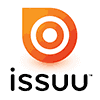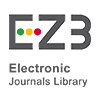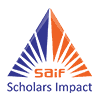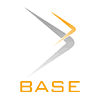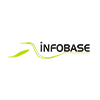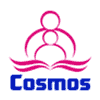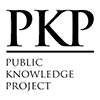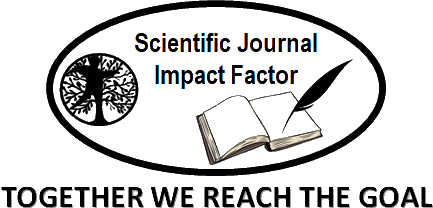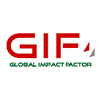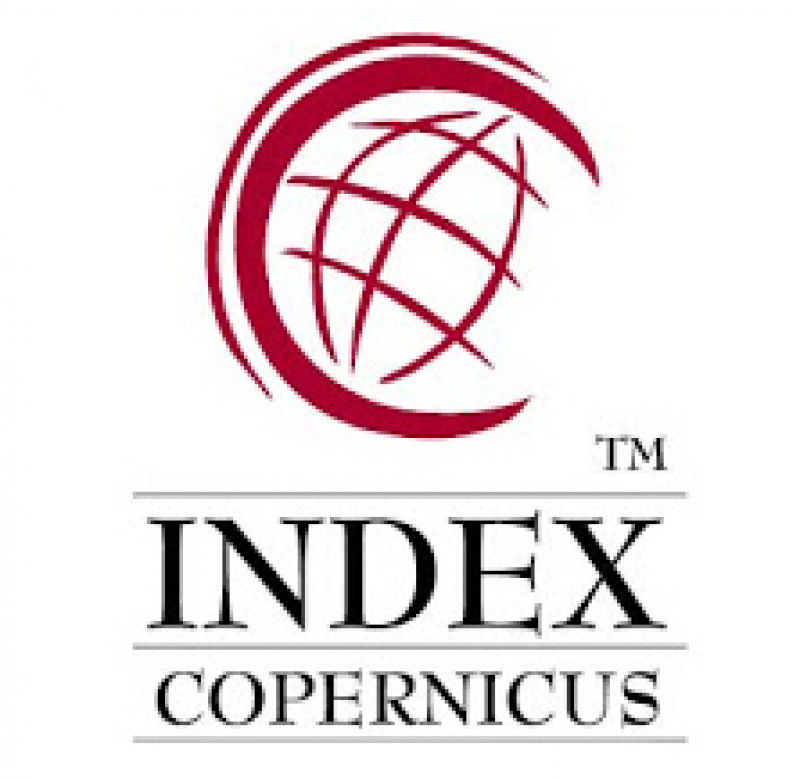Upcycling Ceramic Waste Experiment: Integration of Sustainability and the Value of Khalifah Fil Ardh
Abstract
Ceramic waste is rarely utilized, despite being non-biodegradable and requiring up to 4,000 years to decompose. This study employs the Practice-Led Research method to explore ceramic waste as an additive to clay. Experiments involved mixing 20% ceramic waste into two types of clay, shaping test pieces, and firing them at temperatures of 900ºC, 1150ºC, and 1210ºC. Results indicate that glazed ceramic waste can be reused to produce ceramics with properties comparable to natural clay, providing a sustainable material solution. This research aligns with the Islamic principle of khalifah fil ardh (stewardship of the Earth), emphasizing human responsibility to maintain environmental balance. By utilizing ceramic waste, this study addresses sustainability challenges while reflecting values of wise resource use. It also opens avenues for further exploration with higher waste percentages and broader applications.
Keywords
Full Text:
PDFReferences
Arifin, Fatahul & Martomi, Eka Satria (2009). Keramik (advanced ceramics) as an alternative material in healthcare. Jurnal Austenit.
Astuti, N. D. (2018). Management and utilization of Bayat ceramic waste as an alternative material for handcrafted products. Ekspresi Seni: Jurnal Ilmu Pengetahuan dan Karya Seni.
Awoyera, Paul O., Olalusi, Oladimeji B., Babagbale, David P., & Babalola, Olusola E. (2021). “A Review of Lightweight Composite Development Using Paper Waste and Pulverized Ceramics - Towards a Sustainable and Eco-Friendly Construction.” International Journal of Engineering Research.
Azmiyati, Uzlifatul & Jannah, Wardatul (2021). Management of inorganic household waste. Indonesian Journal of Engineering.
Biggs, M. & Karlsson, H. (2011). ‘Evaluating Quality in Artistic Research,’ in Michael Biggs and Henrik Karlsson, Eds, The Routledge Companion to Research in the Arts, London and New York: Routledge Taylor and Francis Group.
Gray, C. (1996). Inquiry through Practice Developing appropriate research strategies. [Link](http://carolegray.net/Papers%20PDFs/ngn m.pdf) (accessed 10 November 2023).
Guntur, (2005). Keramik Kasongan. Wonogiri: Bina Citra Pustaka.
Hasegawa, Yoshikazu (2012). Ceramic tableware recycling by green life 21 project, Efforts for Sustainable Manufacturing in a Traditional Local Production Area. Gifu: RED Objects Collaboration in Experimental Design Research.
Kjorup, S. (2011). ‘Pleading for Plurality: Artistic and Other Kinds of Research,’ in Michael Biggs & Henrik Karlsson, Eds, The Routledge Companion to Research in the Arts, London and New York: Routledge Taylor and Francis Group.
Levy, Matt, Shibata, Hitomi, Shibata, Takuro (2022). Wild clay, creating ceramics and glazes from natural and found resources. Herbert Press.
Pandit, P., Nadathur, G. T., & Jose, S. (2019). Upcycled and low-cost sustainable business for value-added textiles and fashion. In Circular Economy in Textiles and Apparel. Woodhead Publishing.
Peter, D. M., Awang, A. Z., Sam, A. R. M., Ma, C. K., & Loo, P. (2019). Eco-efficient concrete containing recycled ceramic waste aggregates. IOP Publishing, 1.
Pitelka, Vince (2001). Clay, a studio handbook. The American Ceramic Society.
Purnama, Satya Adi & Sudibyo, Tri (2018). The effect of ceramic waste and fly ash on compressive strength and water absorption of concrete bricks. Jurnal Teknik Sipil dan Lingkungan.
Romaadhoni, S. F., Ridwan, A., Winarto, S., & Candra, A. I. (2019). Experimental study on the compressive strength of concrete utilizing ceramic waste and red bricks.
Jurnal Manajemen Teknologi dan Teknik Sipil (JURMATEKS).
Sugiono (2006). Metode Penelitian Kuantitatif Kualitatif dan R&D. Bandung: Penerbit Alfabeta Bandung.
Ulfi, Robiatul M. S. & Arif, Muchlis (2021). Shoes as a source of inspiration for creating porcelain ceramic artworks. Jurnal Seni Rupa.
Utami, Niluh A. P. (2023). Study of color and motif in upcycled woven fabrics in products from CV. Tarum Bali. Jurnal Panggung.
Interview
Kobayashi, Hideki. (2023). Director of PT. Yamaka Touryo, a company producing clay materials with added ceramic waste in Gifu.
DOI: http://dx.doi.org/10.18415/ijmmu.v12i3.6592
Refbacks
- There are currently no refbacks.
Copyright (c) 2025 International Journal of Multicultural and Multireligious Understanding

This work is licensed under a Creative Commons Attribution-NonCommercial-NoDerivatives 4.0 International License.
https://ijmmu.com
editor@ijmmu.com
facebook.com/ijmmu
Copyright © 2014-2018 IJMMU. All rights reserved.














